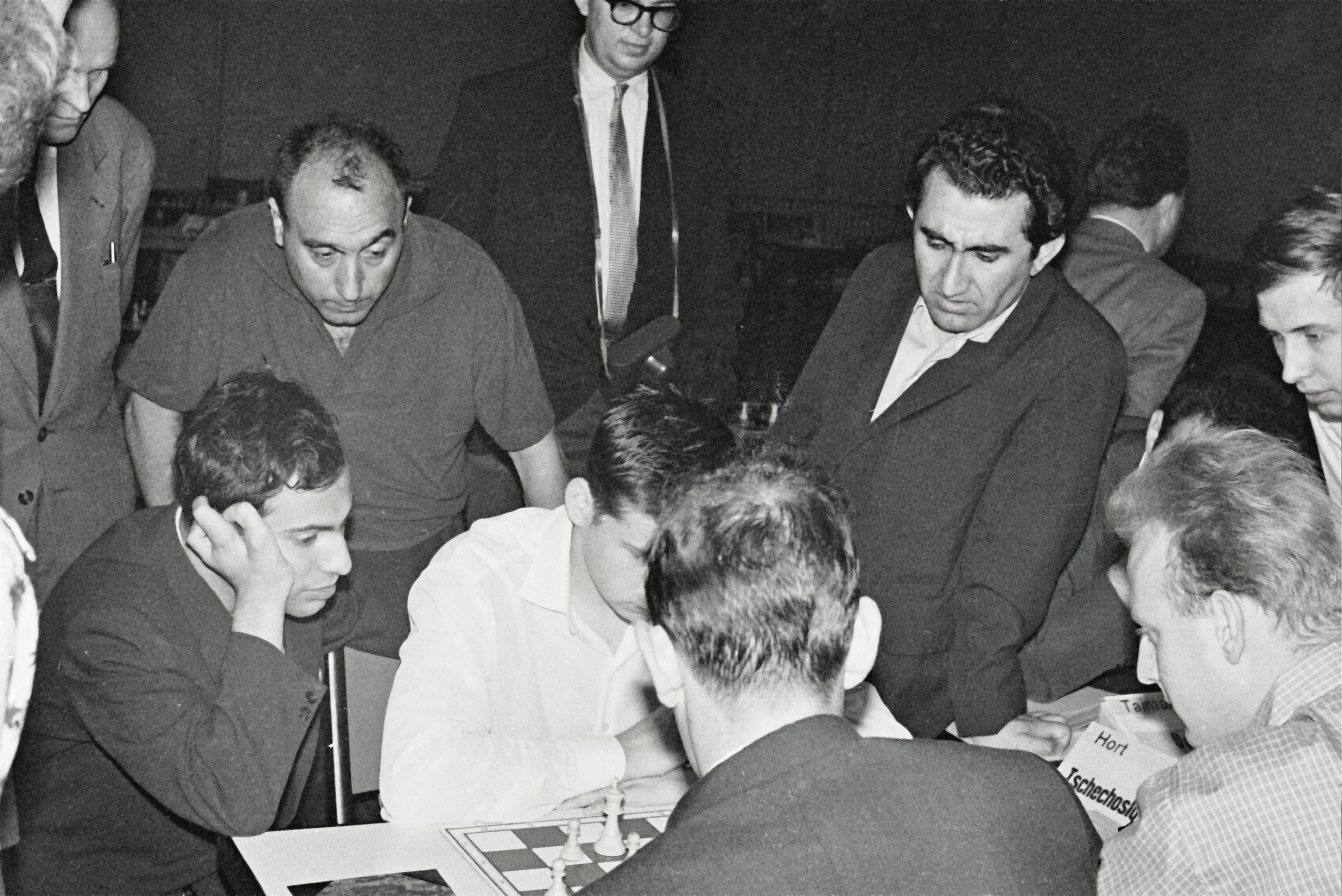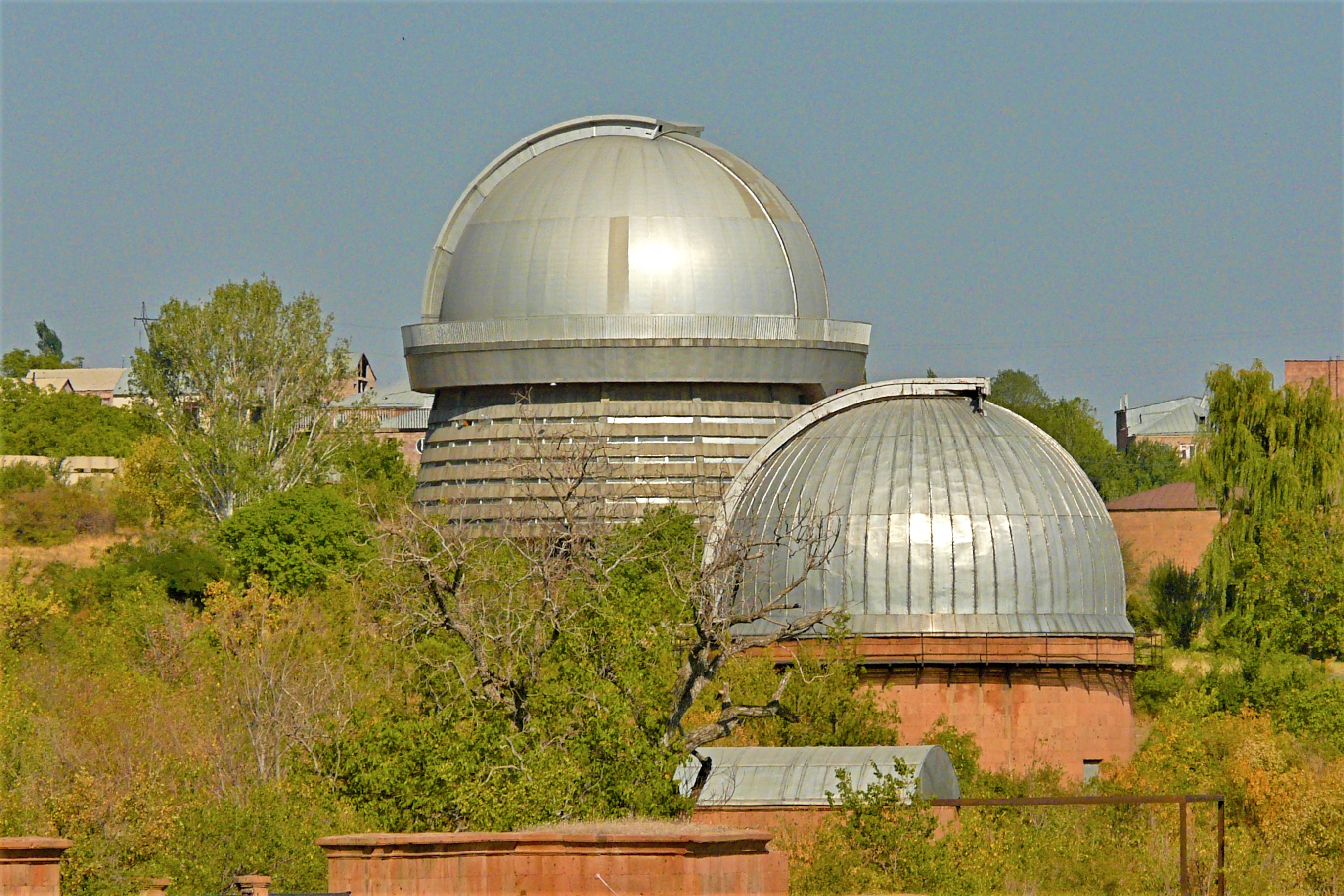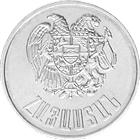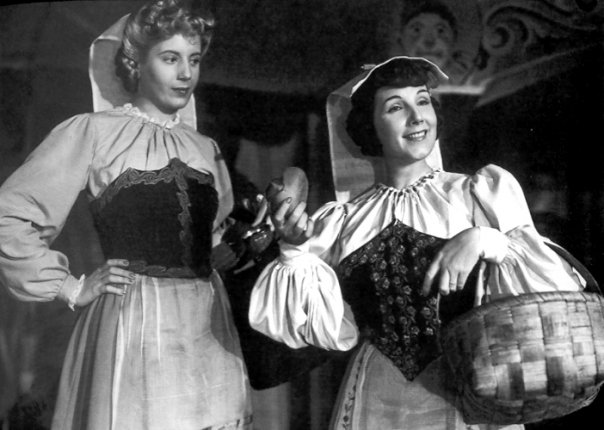|
List Of People On Banknotes
This is a list of people on the banknotes of different countries. The customary design of banknotes in most countries is a portrait of a notable citizen (living and/or deceased) on the front (or ''obverse'') or on the back (or ''reverse'') of the banknotes, unless the subject is featured on both sides. Albania Currency: Albanian lek, Lek (pl. Lekë) (since 1926)Symbol: L Angola Currency: Angolan kwanza, Kwanza (since 1999)Symbol: Kz Argentina Currency: Argentine peso, Peso (since 1992)Symbol: $ Armenia Currency: Armenian dram, Dram (since 1993)Symbol: Australia Currency: Australian dollar, Dollar (since 1966)Symbol: A$ The Bahamas Currency: Bahamian dollar, Dollar (since 1966)Symbol: B$ Bahrain Currency: Bahraini dinar, Dinar (since 1965) Symbol: BD Bangladesh Currency: Bangladeshi taka, Taka (since 1972)Symbol: ৳ Barbados Currency: Barbadian dollar, Dollar (since 1935)Symbol: $/Bds$ Bhutan Currency: Bhutanese ngultrum, Ngultrum (since 1974) ... [...More Info...] [...Related Items...] OR: [Wikipedia] [Google] [Baidu] |
Banknotes
A banknote or bank notealso called a bill (North American English) or simply a noteis a type of paper money that is made and distributed ("issued") by a bank of issue, payable to the bearer on demand. Banknotes were originally issued by commercial banks, which were legally required to redeem the notes for legal tender (usually gold or silver coin) when presented to the chief cashier of the originating bank. These commercial banknotes only traded at face value in the market served by the issuing bank. Commercial banknotes have primarily been replaced by national banknotes issued by central banks or monetary authorities. By extension, the word "banknote" is sometimes used (including by collectors) to refer more generally to paper money, but in a strict sense notes that have not been issued by banks, e.g. government notes, are not banknotes. National banknotes are often, but not always, legal tender, meaning that courts of law are required to recognize them as satisfactory pay ... [...More Info...] [...Related Items...] OR: [Wikipedia] [Google] [Baidu] |
Manuel Belgrano
Manuel José Joaquín del Corazón de Jesús Belgrano (3 June 1770 – 20 June 1820), usually referred to as Manuel Belgrano (), was an Argentina, Argentine public servant, economist, lawyer, politician, journalist, and military leader. He took part in the Argentine Wars of Independence and designed what became the flag of Argentina. Argentines regard him as one of the main Libertadores, Founding Fathers of the country. Belgrano was born in Buenos Aires, the fourth child of Italian businessman Domingo Belgrano y Peri and of María Josefa González Casero. He came into contact with the ideas of the Age of Enlightenment while at university in Spain around the time of the 1789 French Revolution. In 1794 he returned to the Viceroyalty of the Río de la Plata, where he became a notable member of the Criollo people, criollo population of Buenos Aires; he tried to promote some of the new political and economic ideals, but found severe resistance from local . This rejection led him to ... [...More Info...] [...Related Items...] OR: [Wikipedia] [Google] [Baidu] |
Tigran Petrosian
Tigran Vardani Petrosian (; ; 17 June 1929 – 13 August 1984) was a Soviet-Armenian chess grandmaster and the ninth World Chess Champion from 1963 to 1969. He was nicknamed "Iron Tigran" due to his almost-impenetrable defensive playing style, which emphasized safety above all else. Petrosian is often credited with popularizing chess in Armenia. Petrosian was a candidate for the World Chess Championship on eight occasions (World Chess Championship 1954#1953 Candidates tournament, 1953, World Chess Championship 1957#1956 Candidates tournament, 1956, World Chess Championship 1960#1959 Candidates tournament, 1959, World Chess Championship 1963#Candidates Tournament, 1962, World Chess Championship 1972#1971 Candidates matches, 1971, World Chess Championship 1975#1974 Candidates tournament, 1974, World Chess Championship 1978#1977 Candidates tournament, 1977 and World Chess Championship 1981#1980/81 Candidates Tournament, 1980). He won the World Chess Championship 1963, World C ... [...More Info...] [...Related Items...] OR: [Wikipedia] [Google] [Baidu] |
Paruyr Sevak
Paruyr Sevak (; January 24, 1924 – June 17, 1971) was an Armenians, Armenian poet, translator and literary critic. He is considered one of the greatest Armenian poets of the 20th century. Biography Sevak was born Paruyr Ghazaryan () in the village of Chanakhchi (now Zangakatun), Armenian Soviet Socialist Republic, Armenian SSR, Soviet Union to Rafael and Anahit Soghomonyan on January 24, 1924. His ancestors had migrated to Chanakhchi, a remote, mountainous village, from the village of Havtvan in Salmast (Salmas), Iran in 1828. Young Paruyr attended the village school, where he wrote his first poems and published them in the school wall newspaper. Sevak spent part of his childhood and adolescence in a location called ''Navchalu yayla'' near his native village; in his early writings, he signed his writings with 'Navchalu' as the location where they were written. In 1939, he became a student at the philological faculty of Yerevan State University. He graduated in 1945. The same ye ... [...More Info...] [...Related Items...] OR: [Wikipedia] [Google] [Baidu] |
Yeghishe Charents
Yeghishe Charents (; , 1897 – November 27, 1937) was an Armenian poet, writer and public activist. Charents' literary subject matter ranged from his experiences in the First World War, the Russian Revolution, and frequently Armenia and Armenians. Aghababyan, S. ''«Չարենց, Եղիշե Աբգարի»'' (Charents, Yeghishe Abgari). Soviet Armenian Encyclopedia. vol. viii. Yerevan, Armenian SSR: Armenian Academy of Sciences, 1982, pp. 670-672. He is recognized as "the main poet of the 20th century" in Armenia. An early proponent of communism and the USSR, the futurist Charents joined the Bolshevik Party and became an active supporter of Soviet Armenia, especially during the period of Lenin's New Economic Policy (NEP). However, he became disillusioned with direction of the Soviet Union under Joseph Stalin. He was arrested by the NKVD during the 1930s Great Purge, and died in 1937 due to severe health complications, including Morphinism. However, after Stalin's death, he wa ... [...More Info...] [...Related Items...] OR: [Wikipedia] [Google] [Baidu] |
Alexander Tamanian
Alexander Tamanian (; March 4, 1878 – February 20, 1936) was a Russian-born Armenian Neoclassical architecture, neoclassical architect, well known for his work in the city of Yerevan. Life and work Tamanian was born in the city of Yekaterinodar in 1878 in the family of a banker. He graduated from the St Petersburg Academy of Arts in 1904. His works portrayed sensitive and artistic neoclassical trends popular in those years. Some of his early works included the mansion of V. P. Kochubei in Tsarskoye Selo, 1911–1912; the house of Prince S. A. Scherbatov in Novinski Boulevard in Moscow, 1911–1913; the village railway employees housing and the tuberculosis sanatorium at the Prozorovskaya station (now Kratovo, Russia, Kratovo) near Moscow, 1913–1923; central workshops of Kazansky Rail Terminal, Kazan railway in Lyubertsy, 1916). He became an Academician of Architecture in 1914, in 1917 he was elected as the Vice-President of the Academy of Arts. In 1923 he moved to Yerevan, ... [...More Info...] [...Related Items...] OR: [Wikipedia] [Google] [Baidu] |
Victor Ambartsumian
Viktor Amazaspovich Ambartsumian (; , ''Viktor Hamazaspi Hambardzumyan''; 12 August 1996) was a Soviet and Armenian astrophysicist and science administrator. One of the 20th century's leading astronomers, he is widely regarded as the founder of theoretical astrophysics in the Soviet Union. Educated at Leningrad State University (LSU) and the Pulkovo Observatory, Ambartsumian taught at LSU and founded the Soviet Union's first department of astrophysics there in 1934. He subsequently moved to Soviet Armenia, where he founded the Byurakan Observatory in 1946. It became his institutional base for the decades to come and a major center of astronomical research. He also co-founded the Armenian Academy of Sciences and led it for almost half a century—the entire post-war period. One commentator noted that "science in Armenia was synonymous with the name Ambartsumian." In 1965 Ambartsumian founded the journal ''Astrophysics (journal), Astrofizika'' and served as its editor for over 20 y ... [...More Info...] [...Related Items...] OR: [Wikipedia] [Google] [Baidu] |
Aram Khachaturian
Aram Ilyich Khachaturian (; 1 May 1978) was a Soviet Armenians, Armenian composer and conductor. He is considered one of the leading Music of the Soviet Union#Classical music of the Soviet Union, Soviet composers. Khachaturian was born and raised in Tbilisi (now the capital of Georgia (country), Georgia). He moved to Moscow in 1921 following the Sovietization of the Caucasus. Without prior music training, he enrolled in the Gnessin State Musical College, Gnessin Musical Institute, and subsequently studied at the Moscow Conservatory in the class of Nikolai Myaskovsky, among others. His first major work, the Piano Concerto (Khachaturian), Piano Concerto (1936), popularized his name within and outside the Soviet Union. It was followed by the Violin Concerto (Khachaturian), Violin Concerto (1940) and the Cello Concerto (Khachaturian), Cello Concerto (1946). His other significant compositions include the ''Masquerade (Khachaturian), Masquerade Suite'' (1941), the Anthem of the Armeni ... [...More Info...] [...Related Items...] OR: [Wikipedia] [Google] [Baidu] |
Armenian Dram
The Armenian dram (; Armenian dram sign, sign: ֏; abbreviation: դր.; ISO 4217, ISO code: AMD) is the currency of Armenia. It was historically subdivided into 100 luma (). The Central Bank of Armenia is responsible for issuance and circulation of dram banknotes and coins, as well as implementing the monetary policy of Armenia. The word ''dram'' means "money" and is cognate with the Greek Modern drachma, drachma and the Arabic dirham, as well as the English weight unit Dram (unit), dram. History The first instance of a "dram" currency was in the period from 1199 to 1375, when silver coins called ''dram'' or ''tram'' were issued. Dram or Takvorin coinage would periodically continue to be produced for some time until the loss of Armenia's independence. The establishment of Russian Armenia saw the adoption of the Imperial ruble, followed by a series of attempts to localize the Russian ruble under the Soviet Union and Commonwealth of Independent States (CIS). On 21 September 199 ... [...More Info...] [...Related Items...] OR: [Wikipedia] [Google] [Baidu] |
Eva Perón
María Eva Duarte de Perón (; ; 7 May 1919 – 26 July 1952), better known as Eva Perón or by the nickname Evita (), was an Argentine politician, activist, actress, and philanthropist who served as First Lady of Argentina from June 1946 until her death in July 1952, as the wife of Argentine President Juan Perón. She was born in poverty in the rural village of Los Toldos, in the Pampas, as the youngest of five children. In 1934, at the age of 15, she moved to the nation's capital of Buenos Aires to pursue a career as a stage, radio, and film actress. She married Perón in 1945, when he was still an army colonel, and was propelled onto the political stage when he became President in 1946. She became a central figure of Peronism and Argentine culture because of the Eva Perón Foundation, a charitable organization perceived by many Argentinians as highly impactful. She met Colonel Juan Perón on 22 January 1944 during a charity event at the Luna Park Stadium to benefit the v ... [...More Info...] [...Related Items...] OR: [Wikipedia] [Google] [Baidu] |
Julio Argentino Roca
Alejo Julio Argentino Roca Paz (July 17, 1843 – October 19, 1914) was an Argentine army general and statesman who served as President of Argentina from 1880 to 1886 and from 1898 to 1904. Roca is the most important representative of the Generation of '80 and is known for directing the Conquest of the Desert, a series of military campaigns against the indigenous peoples of Patagonia sometimes considered a genocide. During his two terms as president, many important changes occurred, particularly major infrastructure projects of railroads and port facilities; increased foreign investment, along with immigration from Europe and particular large-scale immigration from southern Europe; expansion of the agricultural and pastoral sectors of the economy; and laicizing legislation strengthening state power. Roca's main foreign policy concern was to set border limits with Chile, which had never been determined with precision. In 1881 Argentina gained territory by treaty with ... [...More Info...] [...Related Items...] OR: [Wikipedia] [Google] [Baidu] |
Antonio Rivero
Antonio "El Gaucho" Rivero was a gaucho known for his leading role in the Port Louis Murders of 26 August 1833, in which five prominent members of the settlement of Port Louis on the Falkland Islands were murdered. In Argentine revisionist historiography and public consciousness, Rivero is viewed as a patriotic hero who rebelled against British authority. However, academic historians both in Argentina and abroad agree that Rivero's actions were not motivated by patriotism, but by disputes over pay and working conditions with the representatives of Louis Vernet, the former Argentine Political and Military Commander of the islands. Biography Rivero's place of birth, like almost all other details of his life outside the events of 1833–1834, is unknown. Argentine historians generally state he was born in today's Entre Ríos Province, then part of Viceroyalty of the Río de la Plata, now in Argentina. However, no documentation exists to support this assertion. Rivero's presence on ... [...More Info...] [...Related Items...] OR: [Wikipedia] [Google] [Baidu] |








